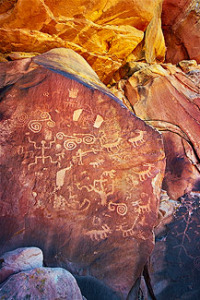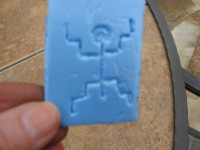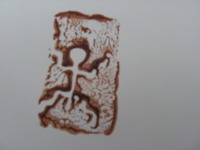- Grace Hopper: Queen of Computer Code
- Written by Laurie Wallmark
- Illustrated by Katy Wu
- Suitable for grades K and up
- ISBN: 9781454920007
- Published by Sterling Publishing (Sept. 2017)
Grace Hopper: Queen of Computer Code is an inspirational story about a dynamic, tenacious, and accomplished woman whose entire life was guided by insatiable curiosity. It was clear from the beginning that Grace Hopper was going to make a lasting impact on the world. As a child, she was driven to understand how and why things worked as they did. Her tolerant mother accepted her daughter’s continual dissections of alarm clocks and other household items as “Grace just being Grace”. As an adult, Grace’s perpetual need to question the scientific status quo, coupled with her deep patriotic devotion, affected every project she was involved in, as well as the people she served along the way. Grace Hopper was one of kind, to say the very least.
As a teacher, I’ve worked with lots of kids like Grace Hopper. Brainiacs obsessed with math and science. Kids that won’t take an adult’s word for an answer. Instead, they are driven to comprehend why and how about everything and will not stop questioning until they do. (I once had a batch of students that found memorizing the numeric sequencing of pi to be entertaining! Good times, right?) Because of my experiences with Grace’s clones, I particularly enjoyed creating a guide for Grace Hopper: Queen of Computer Code. Ideas for projects kept on coming.
One of Grace Hopper’s most remarkable scientific contributions was developing computer code using the English language, rather than relying totally on the binary system. In the guide, I created a lesson in which young readers could experience the tediousness and attention to detail computing with base-two, the binary numeric system. To think that Grace Hopper had to use that system to write code all the time! Yikes!
There is also a manipulative historical timeline in this guide. Because Grace’s life was so extraordinary, readers deserved an elaborate one. The dated timeline strip is documented with tabs describing key events in her life which coincide with others noting historic occurrences of the day, highlighted by labeled phrases derived from a lively list poem found in the introduction to the book. I can just imagine Grace Hopper Mini-Me’s huddled around the timeline and the other projects in the guide, exploring the life and times of this astonishing woman.
I only wish I could be there with them.












